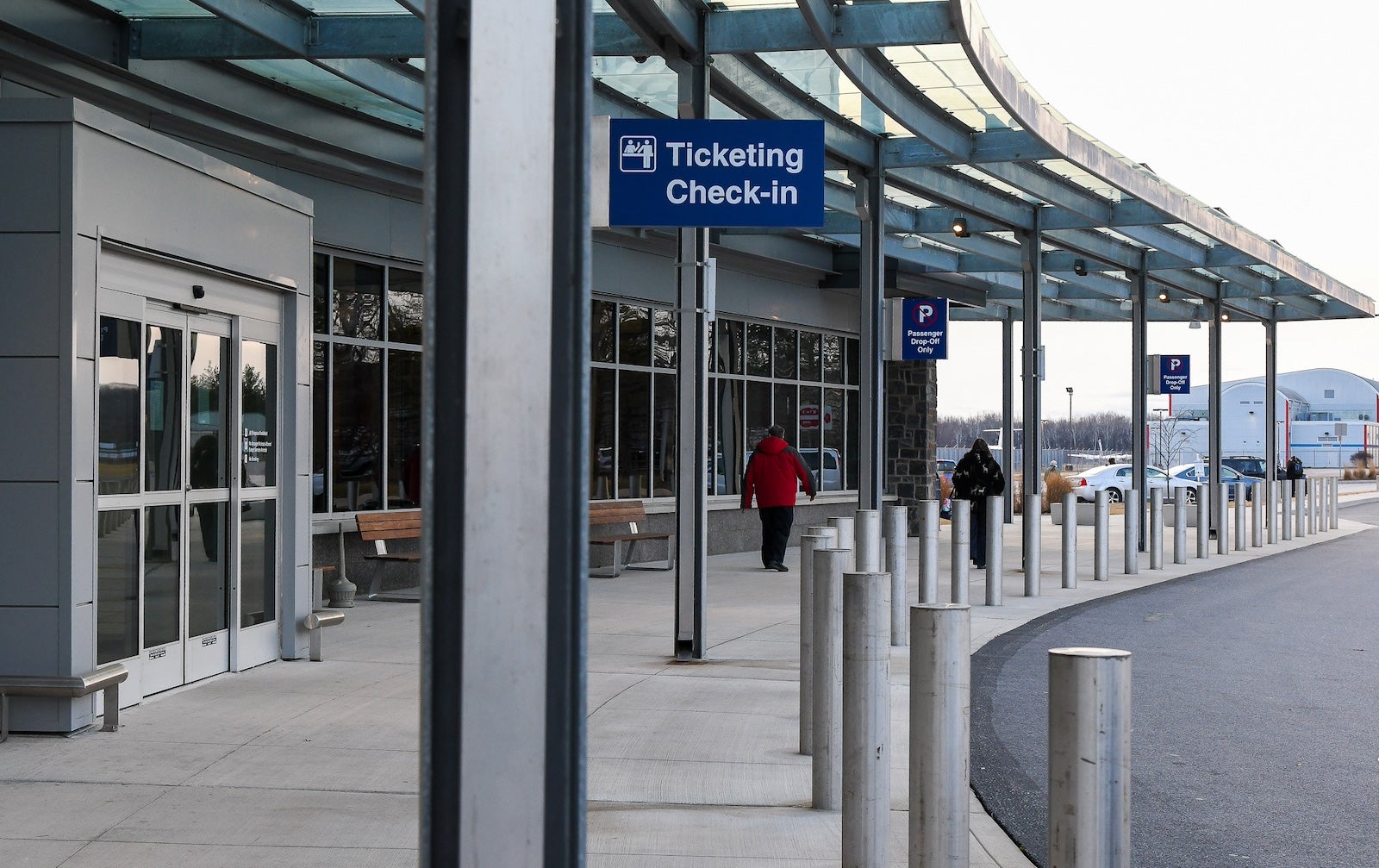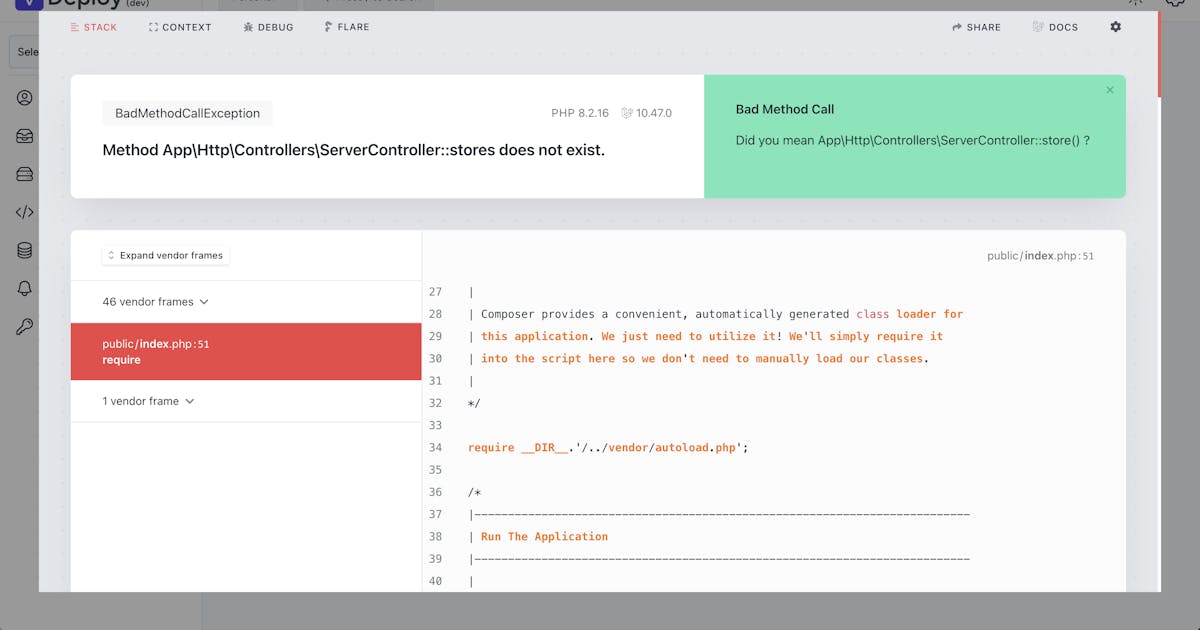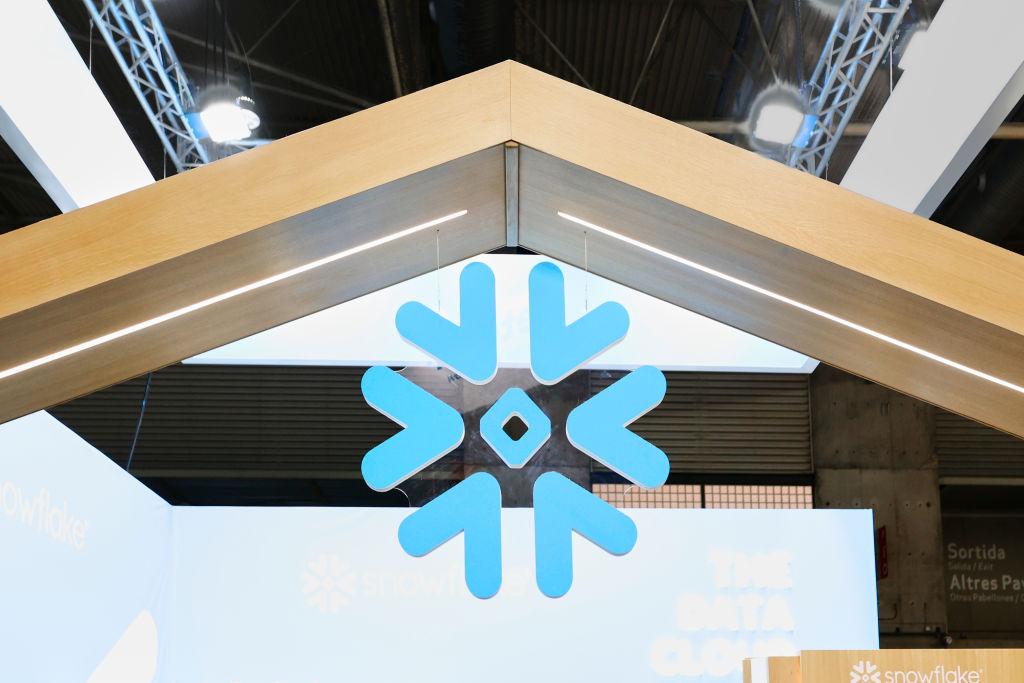Multipath TCP - Wikipedia
Multipath TCP (MPTCP) is an ongoing effort of the Internet Engineering Task Force's (IETF) Multipath TCP working group, that aims at allowing a Transmission Control Protocol (TCP) connection to use multiple paths to maximize throughput and increase redundancy.[1]
In January 2013, the IETF published the Multipath specification as an Experimental standard in RFC 6824. It was replaced in March 2020 by the Multipath TCP v1 specification in RFC 8684.
The redundancy offered by Multipath TCP enables inverse multiplexing of resources, and thus increases TCP throughput to the sum of all available link-level channels instead of using a single one as required by standard TCP. Multipath TCP is backward compatible with standard TCP.
Multipath TCP is particularly useful in the context of wireless networks;[2] using both Wi-Fi and a mobile network is a typical use case.[3] In addition to the gains in throughput from inverse multiplexing, links may be added or dropped as the user moves in or out of coverage without disrupting the end-to-end TCP connection.[4]
The problem of link handover is thus solved by abstraction in the transport layer, without any special mechanisms at the network or link layers. Handover functionality can then be implemented at the endpoints without requiring special functionality in the subnetworks - in accordance to the Internet's end-to-end principle.





/cdn.vox-cdn.com/uploads/chorus_asset/file/25415491/DSC08587.JPG)









